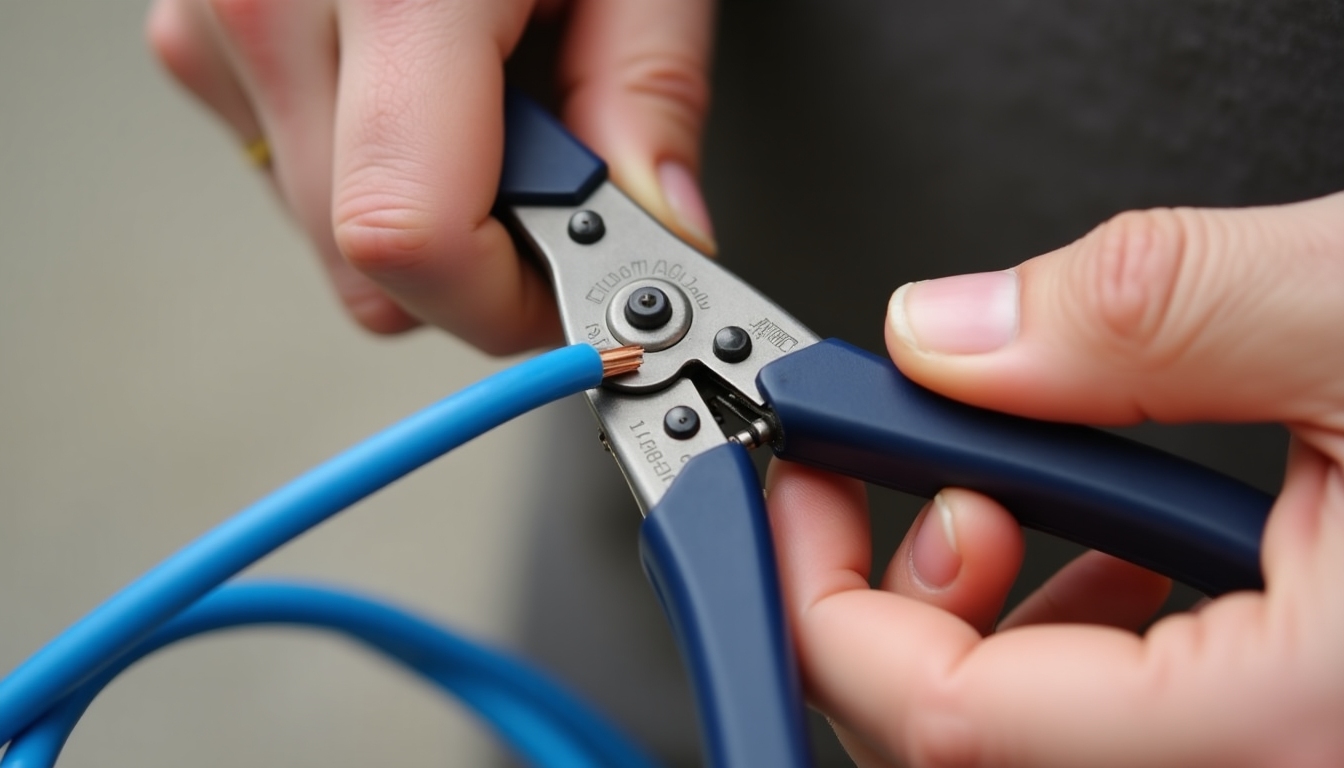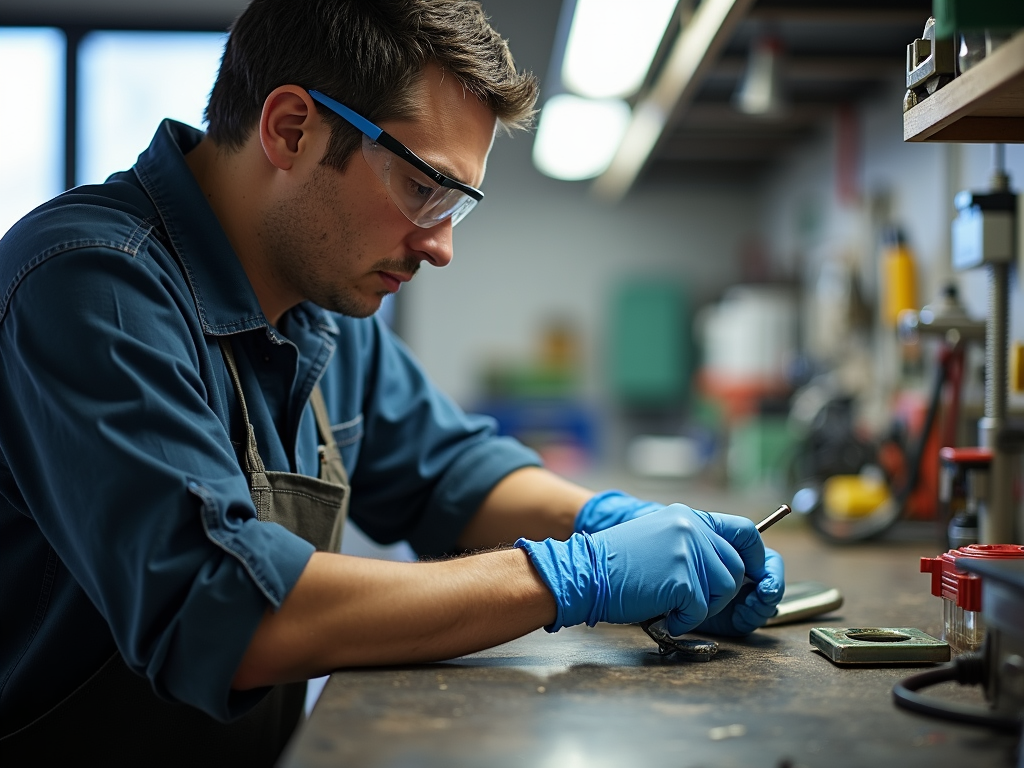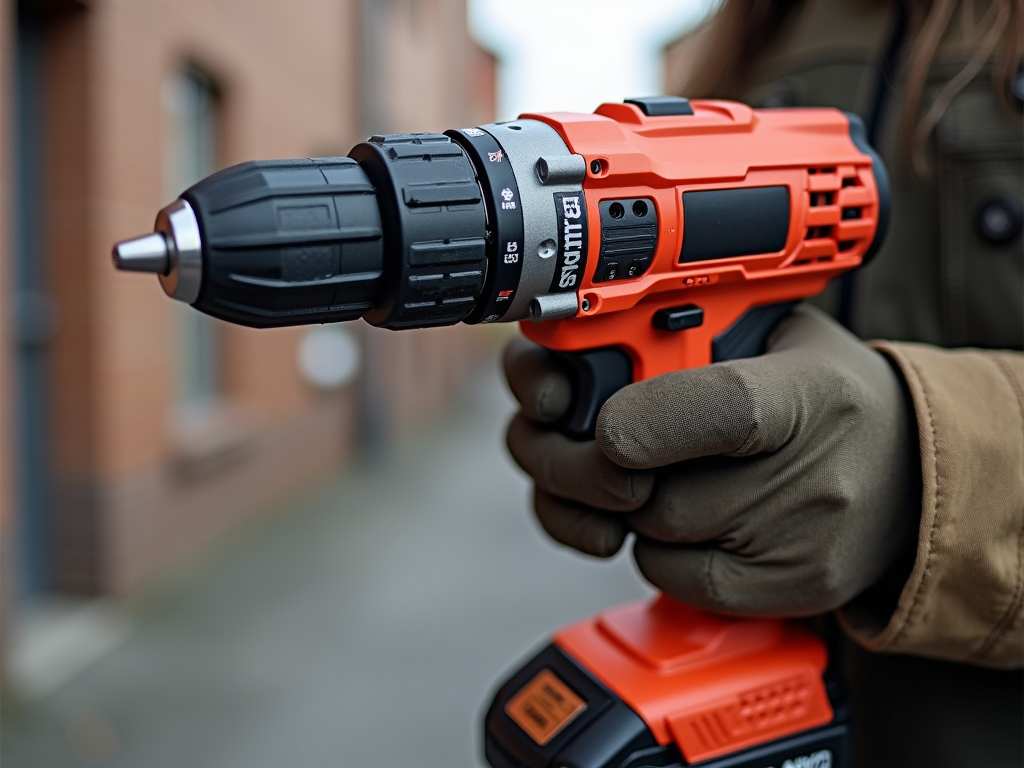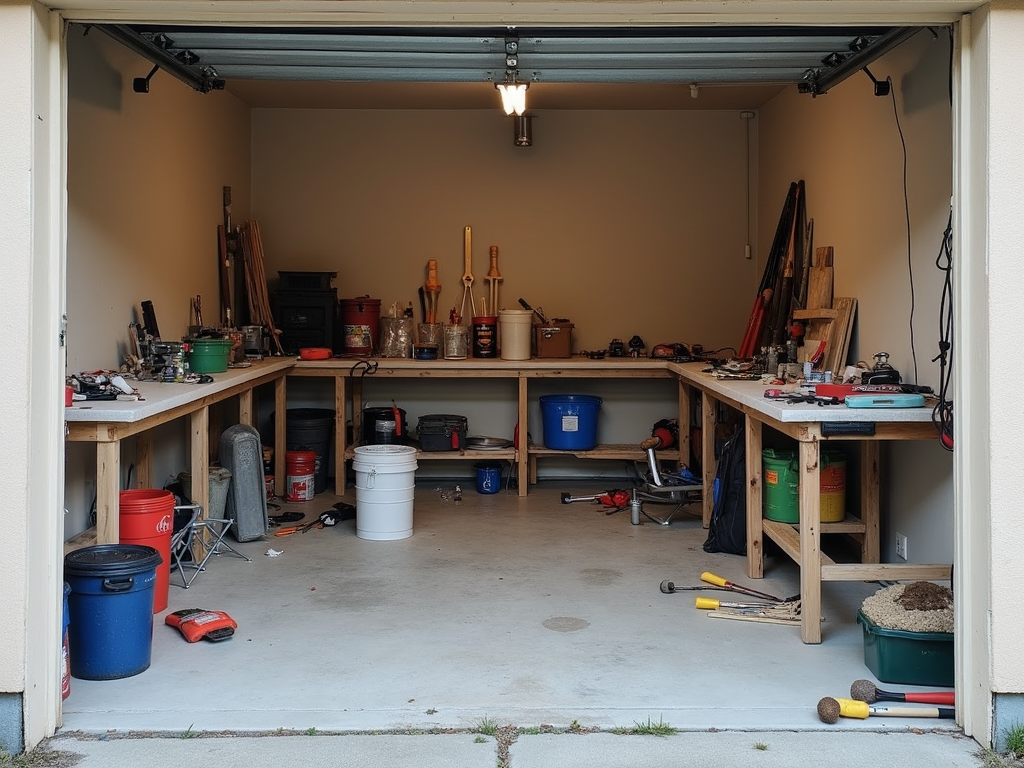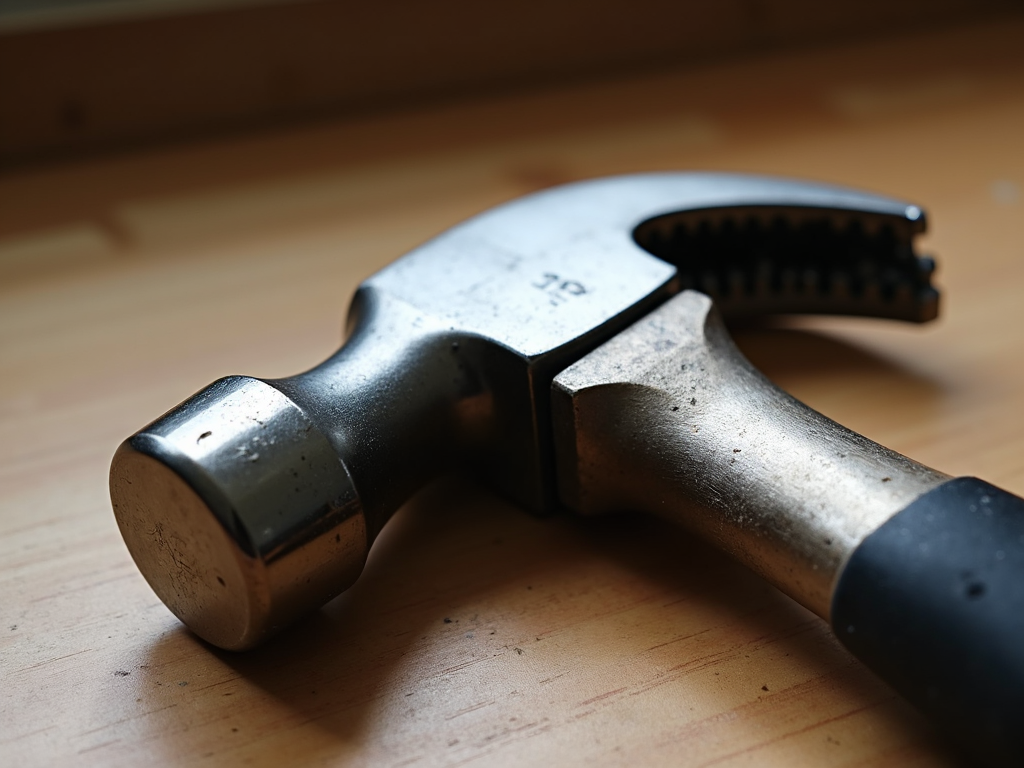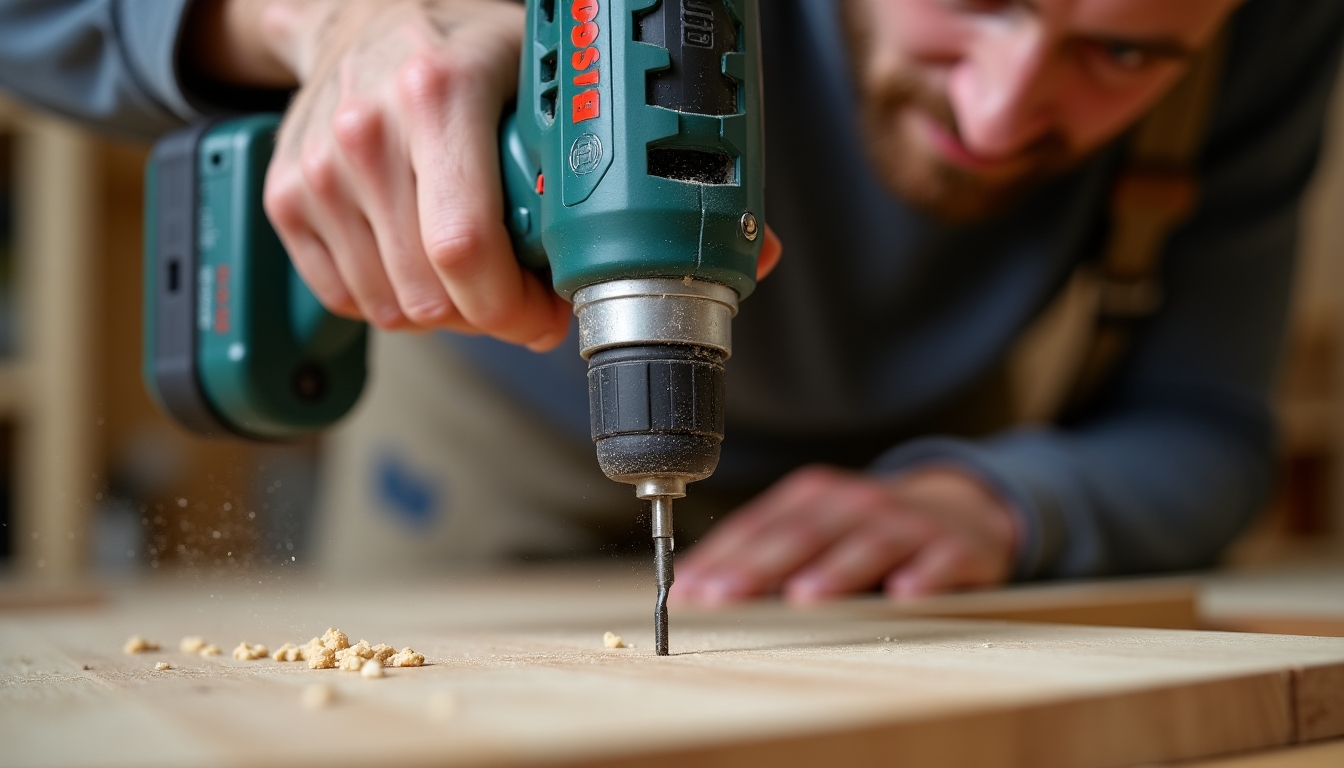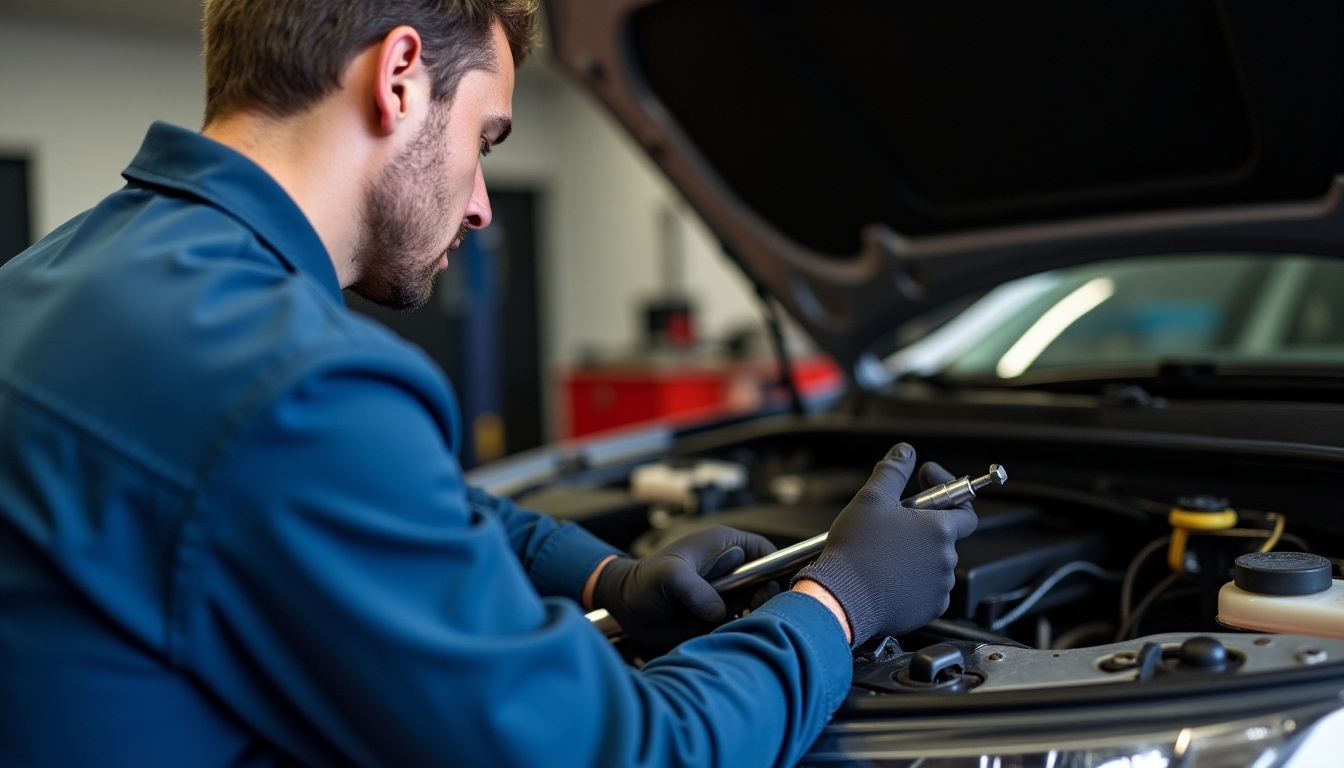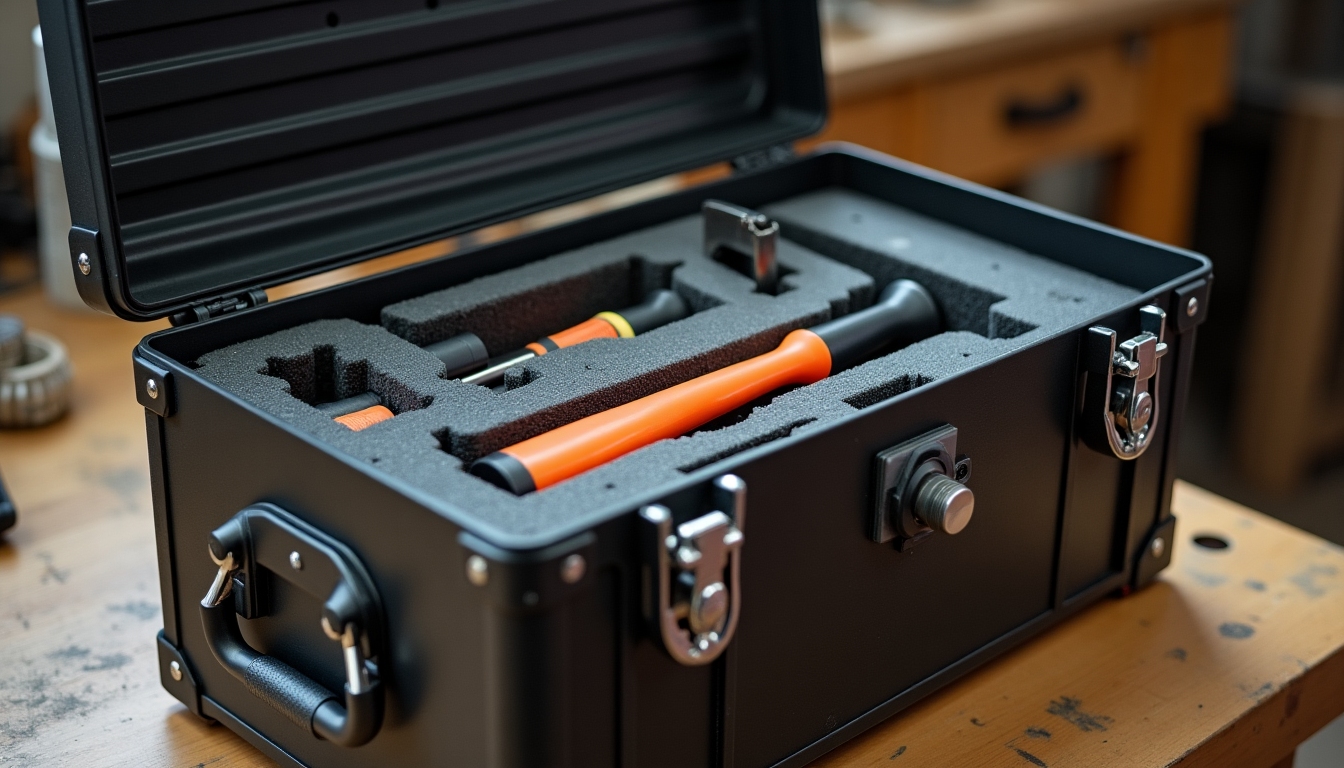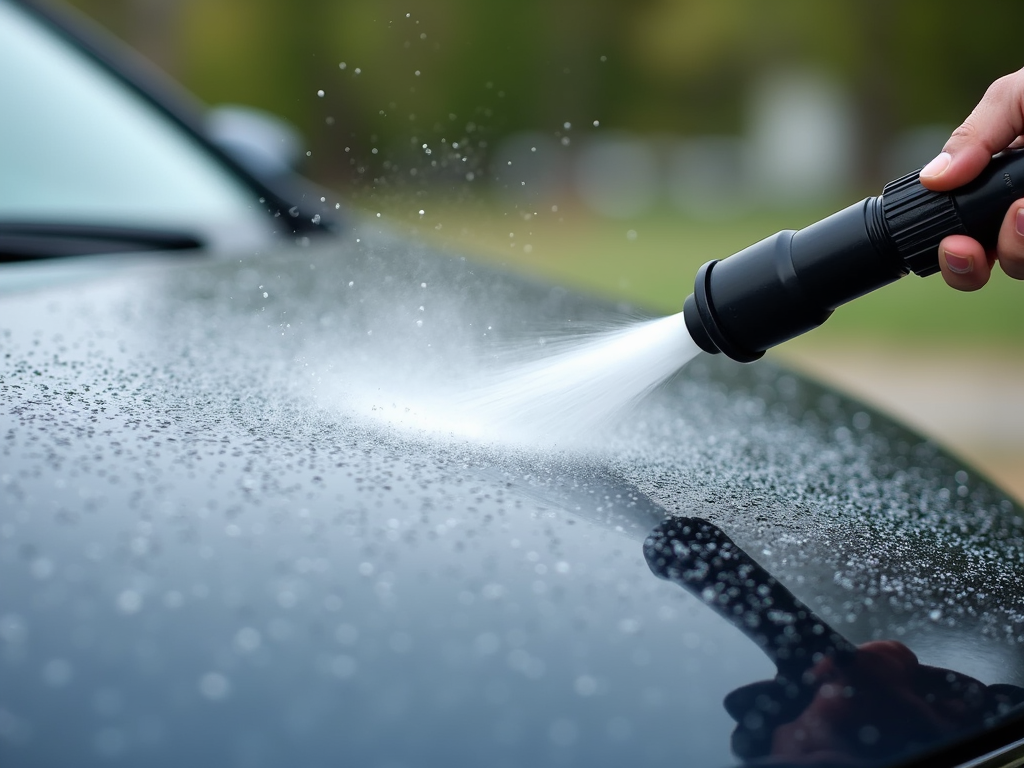Thermal imaging has become a game-changer in modern industry. This technology uses infrared cameras to detect heat patterns and temperature differences, revealing issues invisible to the naked eye. From preventing electrical failures to ensuring energy efficiency, thermal imaging plays a crucial role in various sectors. In this article, we’ll explore how this advanced tool is transforming industries and why it’s essential for businesses today.
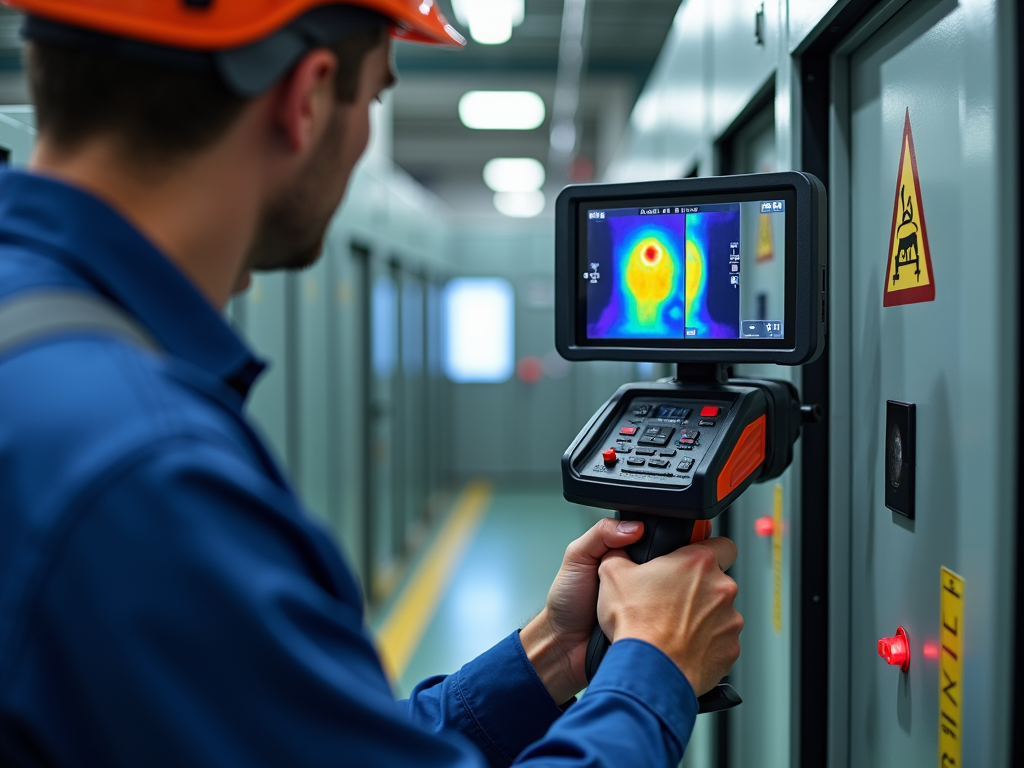
In the electrical industry, thermal imaging is a lifesaver. It helps identify hotspots in electrical systems, which can signal potential failures or fire hazards. I once saw a technician use a thermal camera to spot a loose connection in a manufacturing plant’s power distribution panel. The camera showed a bright red spot where the connection was overheating. Fixing it prevented a major breakdown that could have cost thousands in downtime. This is why advanced electrical tools for automation like thermal cameras are indispensable.
Construction is another field where thermal imaging shines. It’s used to detect insulation defects, moisture intrusion, and structural issues in buildings. For example, during a building inspection, a thermal camera can reveal gaps in insulation that lead to energy loss. This not only helps maintain the building’s integrity but also cuts down on heating and cooling costs. Contractors and inspectors rely on these workman tools to ensure structures are safe and efficient.
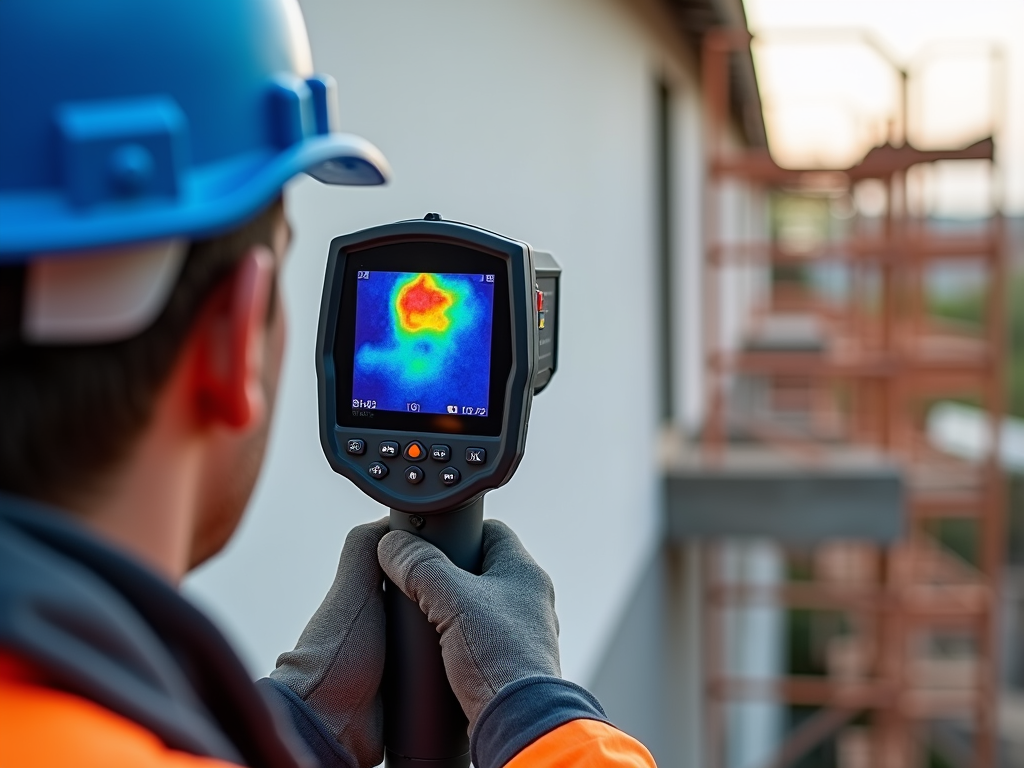
Manufacturing plants use thermal imaging for predictive maintenance. By monitoring machinery temperatures, technicians can spot overheating components before they fail. This proactive approach reduces unexpected downtime and saves money. I recall a factory that implemented thermal imaging and saw a 30% drop in maintenance costs within a year. It’s clear that electrical tools like thermal cameras are essential for keeping operations running smoothly.
In the automotive industry, thermal imaging ensures quality and safety. It’s used to test components like brakes and engines, identifying defects that could compromise performance. For instance, a car manufacturer might use thermal imaging to check for uneven heat distribution in brake pads, ensuring they meet safety standards. This technology has become a staple in automotive testing labs.
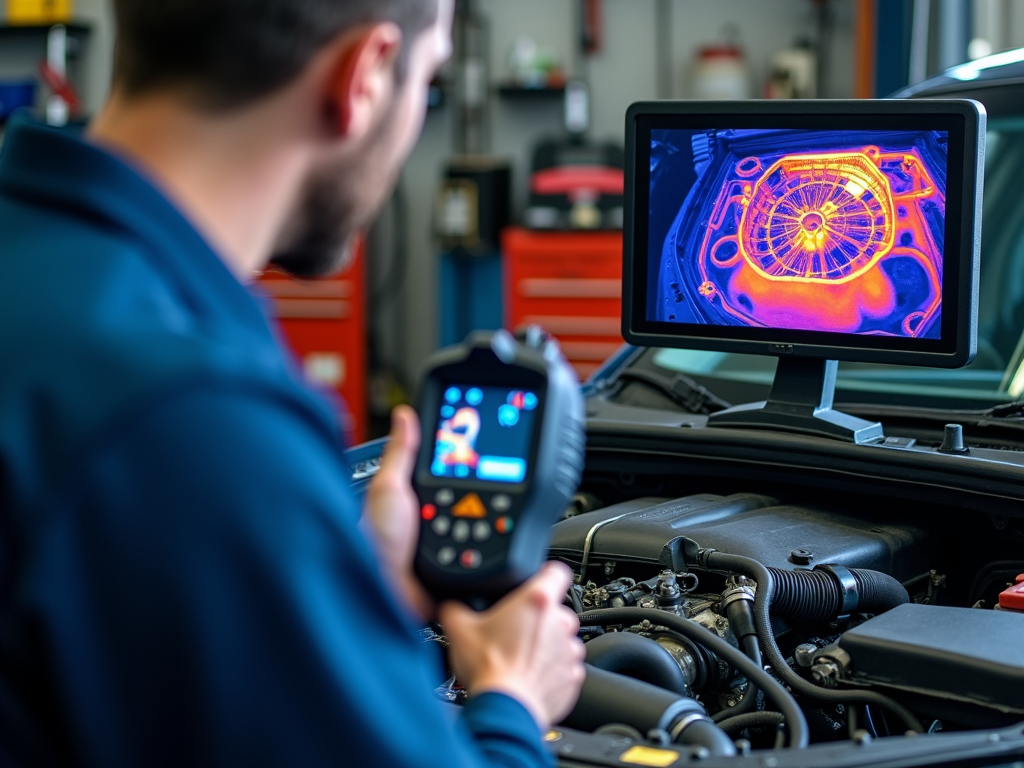
The energy sector, especially renewable energy, benefits greatly from thermal imaging. It’s used to inspect solar panels and wind turbines for defects or inefficiencies. At a solar farm, thermal imaging can pinpoint underperforming panels by detecting abnormal heat patterns. Fixing these issues boosts energy output and supports sustainable practices. This is another example of how thermal imaging contributes to a greener future.
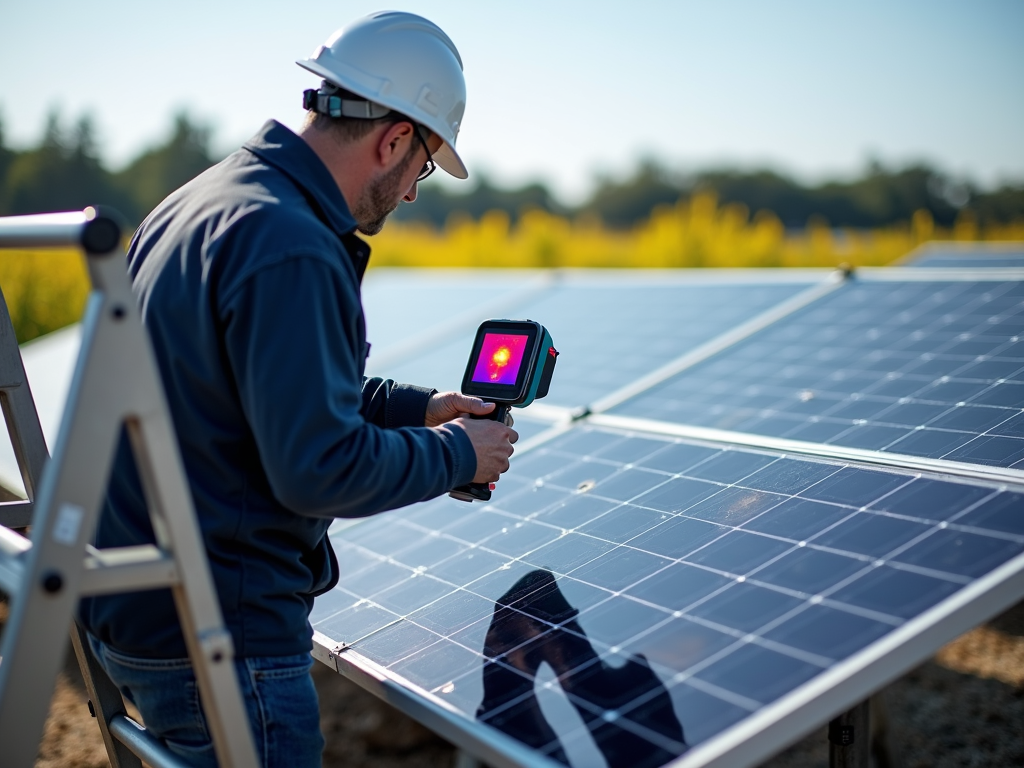
Safety and security are also enhanced by thermal imaging. In industrial settings, it can detect gas leaks, monitor fire hazards, and assist in search and rescue operations. Firefighters, for example, use thermal cameras to see through smoke and locate hotspots. This technology saves lives by providing early warnings and aiding in emergency responses. It’s a critical tool for ensuring workplace safety.
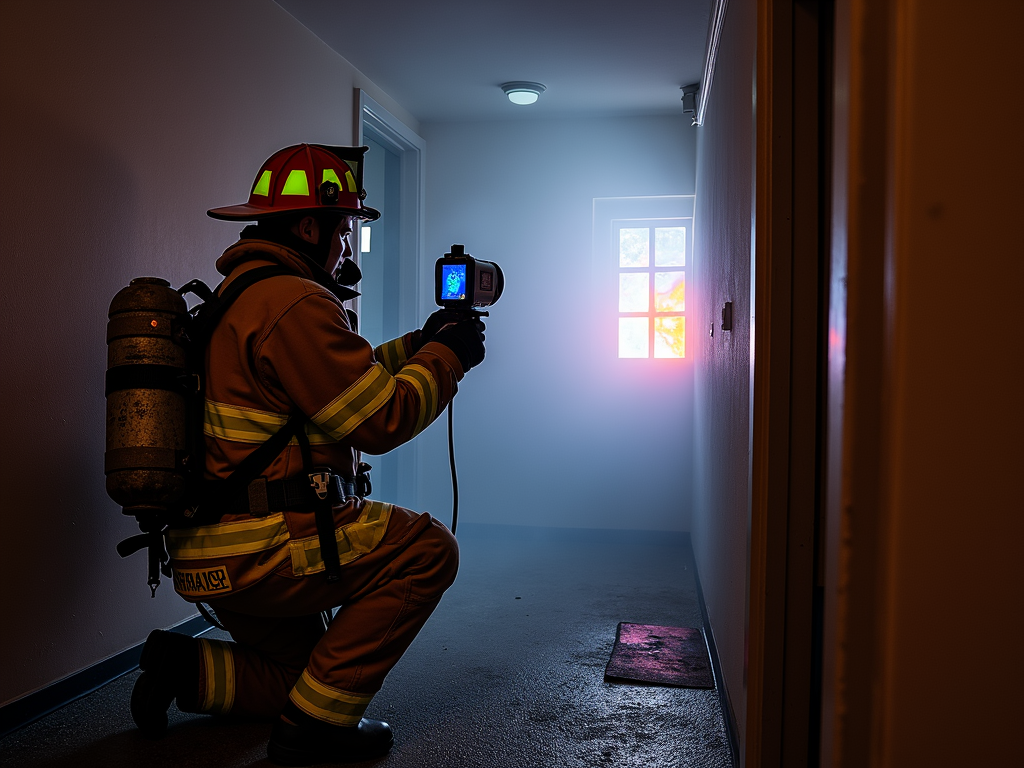
Thermal imaging isn’t just about preventing problems; it’s also about improving efficiency. In many industries, it helps optimize processes by identifying areas where energy is wasted. For instance, in a chemical plant, thermal imaging can detect inefficient heat exchangers, allowing for adjustments that save energy and reduce costs. This makes it a valuable tool for businesses looking to improve their bottom line.
The technology behind thermal imaging continues to evolve. Modern cameras offer higher resolution and better data analysis capabilities, making them more effective than ever. Some even integrate with automation systems, providing real-time monitoring and alerts. This integration with advanced electrical tools for automation ensures that industries can stay ahead of potential issues.
Despite its many benefits, thermal imaging does have limitations. It requires proper training to interpret the images correctly, and the cameras can be expensive. However, the cost is often justified by the savings from prevented failures and improved efficiency. Many companies find that investing in thermal imaging pays off quickly.
In conclusion, thermal imaging is a powerful tool that has transformed modern industry. Its ability to detect heat anomalies makes it indispensable for maintenance, safety, and efficiency. From electrical inspections to renewable energy maintenance, this technology is essential for businesses aiming to stay competitive and safe. As it continues to advance, we can expect even greater contributions to industrial practices.
Related The Role of Thermal Imaging in Modern Industry:
- Comprehensive Guide to Workman Tools for Beginners
- Comprehensive Guide to Workshop Equipment Maintenance: Tips and Best Practices
- How to Choose the Right Workbench for Your Needs: A Comprehensive Guide
- Top 10 Must-Have Tools for Every Construction Worker
- Power Tool Evolution: A Detailed History
- Mastering Small Space Organization: Tips for Workman Tools
- From Digital to Physical: Using HiDream Image Generator to Plan Your Rotary Tool Projects
- Top 10 High-Quality Workman Tools for Professionals
- Revolutionizing Workshops: What's New in Workshop Tech
- Selecting the Right Tools for Your Automotive Needs
- Hand Tools Storage Solutions: A Comprehensive Guide
- The Ultimate Guide to Cleaning Your Car with a Power Washer
